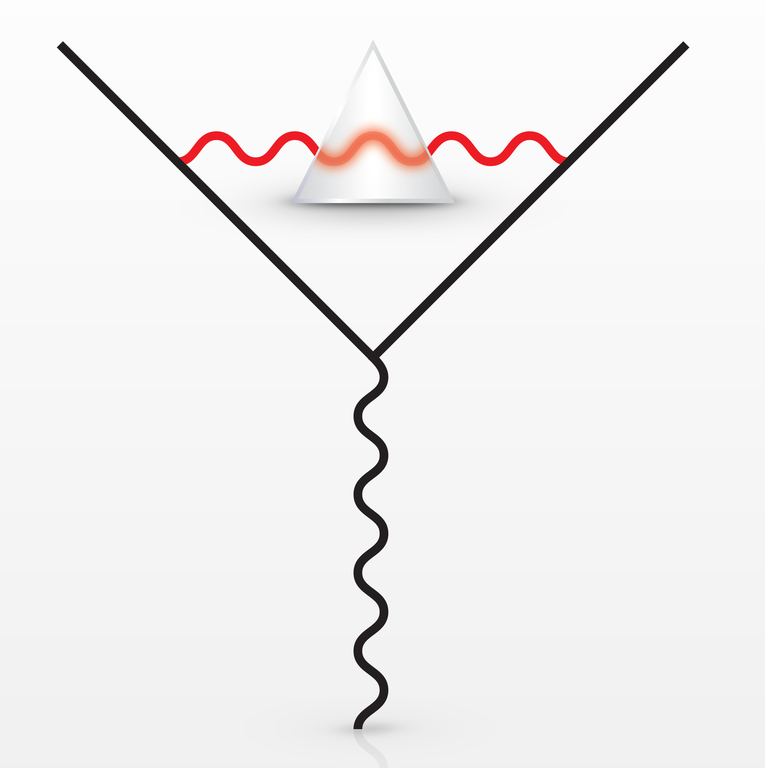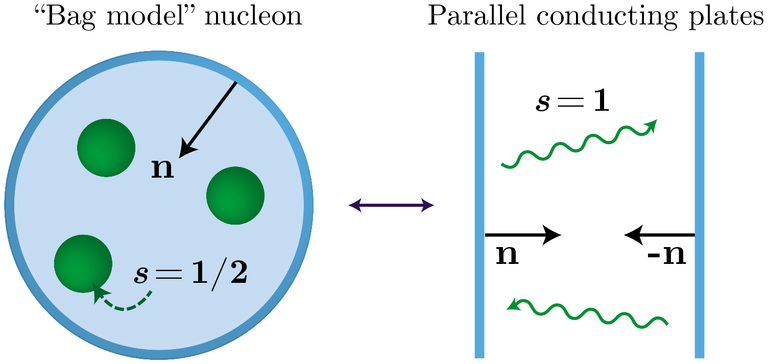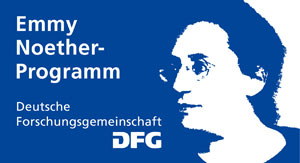Field-theoretic Problems in Surface-Dependent QED

Environment-dependent properties of isolated electrons: The idea that the vacuum is not in fact `empty’ but rather contains fluctuating fields is one of the more startling predictions of quantum field theory. One of the most well-studied manifestations of this is in the anomalous magnetic moment of the electron, where interaction with the quantum field-theoretic vacuum slightly shifts the value from that predicted by relativistic quantum mechanics. The modification of the quantum vacuum by reflection from any surfaces present will in turn modify this interaction, giving rise to a environment-dependent anomalous magnetic moment. This is of fundamental importance in physics as magnetic moment measurements are one of the few low-energy windows into physics beyond the standard model. The modifications to the magnetic moment itself, alongside other important experimental quantities (such as cyclotron frequencies) will become important in future refinements of magnetic moment measurements. Some initial work near various surfaces has already been undertaken, with extensions to realistic geometries and related effects ongoing.

Researchers:
R. Bennett, S. Y. Buhmann



